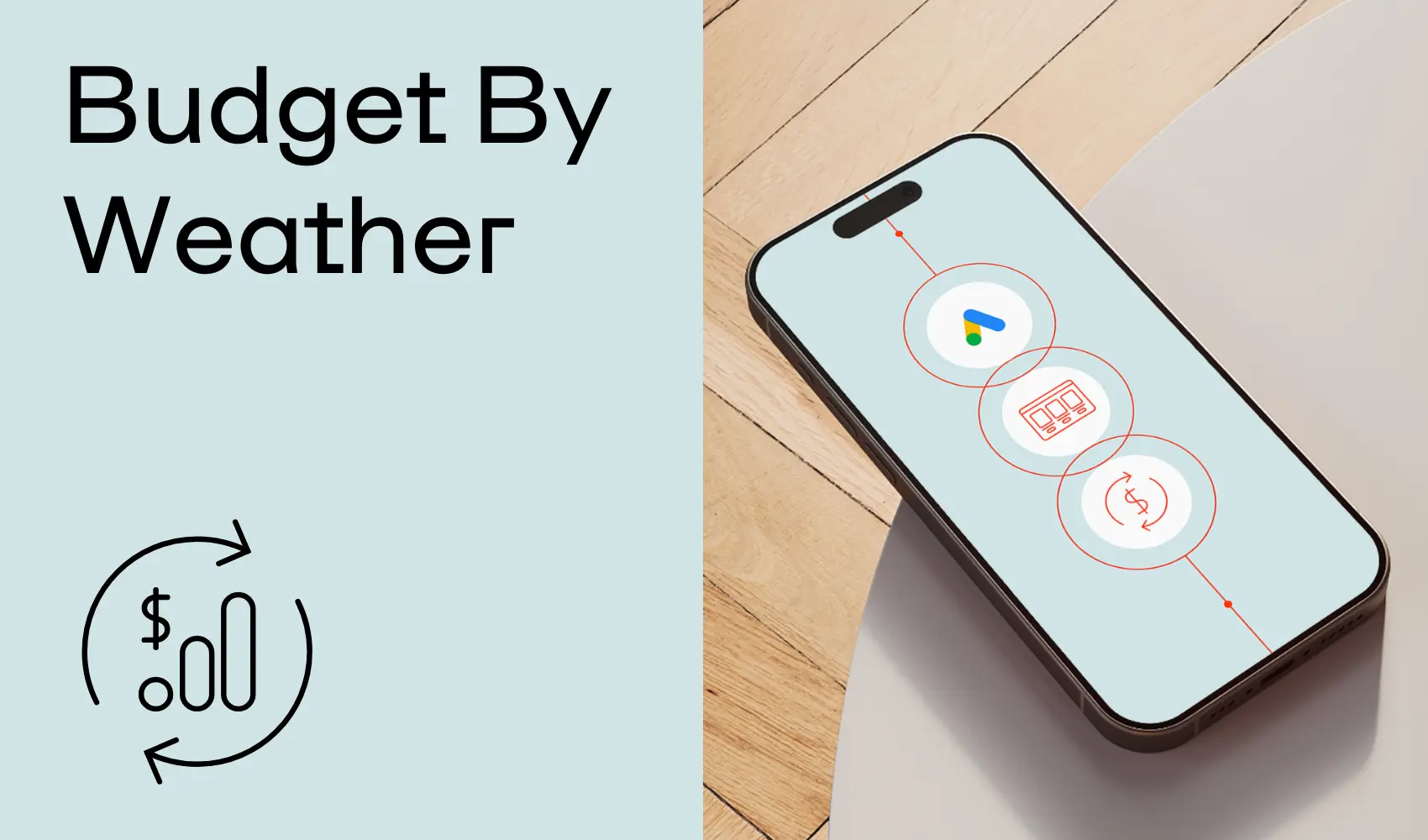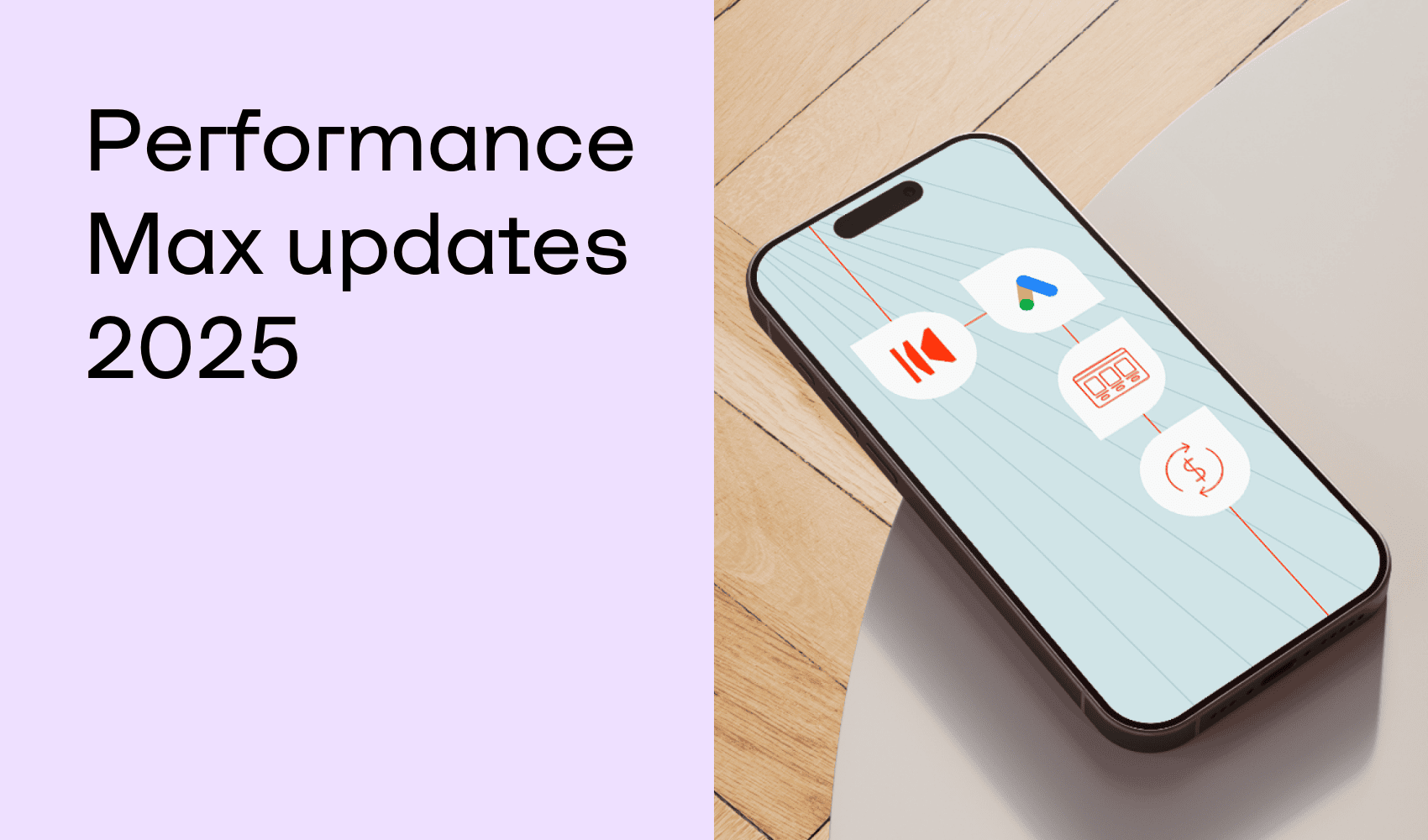With Google's AI technology transforms responsive search ads to dynamic tools that manage to match the right headlines and descriptions to create ads that are relevant and adaptable to changes in consumer behavior.
By including elements such as images and location links, you can give potential customers an in-depth view of your business and simplify interaction with your ads. To help your search ads reach new heights, Google is now introducing changes to how ads interact with these elements.
Flexibility for better ad results
Responsive search ads are designed to serve the most effective advertising to the right person at just the right time. While Google AI assembles your ads, at least two headlines are normally included. In some cases, however, it has been seen that it can be more powerful to show only a heading depending on the search query and the context. To optimize your ad performance, Google Ads now allows responsive search ads to display a single headline when it's predicted to improve results. With this change, a heading can now also be prominent at the beginning of your description text.

Responsive search ads have gained a new ability where a single headline can be displayed if it leads to better results. Additionally, a headline may qualify to appear at the beginning of the description lines as part of this news item.
To understand how often your ads are presented with a single headline, or a headline in the introduction to your description text, you can delve into the combination report. If you already have fixed elements in the first headline, second headline, or first description line positions, they will continue to appear in their specified locations when your ads are served.
Easier to add headings and descriptions
Google understands that there are times when it's important to be able to use the same headlines and descriptions throughout an entire campaign—for example, when you have an upcoming offer that's relevant to each ad group. That's why Google has introduced the possibility of headlines and descriptions at the campaign level.
You now have the option to link up to three headlines and two descriptions to the entire campaign. If you need these elements to appear during a specific period, such as during the sale, you can now schedule specific start and end dates for them. It is also possible to attach these elements to specific positions. Once you've added your headlines and descriptions, they'll be eligible to appear on every responsive search ad in your campaign.
Presents top performing elements for each search query
When using account-level automated elements, Google Ads will create and display elements for your ads if they are predicted to improve performance. Previously, manually created elements such as images, site links, callouts and link texts always took priority over their automated counterparts. To help you deliver more engaging ads, now allow dynamic image elements, dynamic location links, dynamic CTAs, and dynamic link text to appear alongside, or instead of, manually created elements when they're predicted to improve performance. This means, for example, that even if there are four manually created sitelinks for your ad, Google's AI can now choose to display two dynamic sitelinks alongside two manually created ones if it is judged to help you engage more people.
Get help with Google Ads
Posted by Antonio Markovic, Google Ads Specialist, Adfreak




